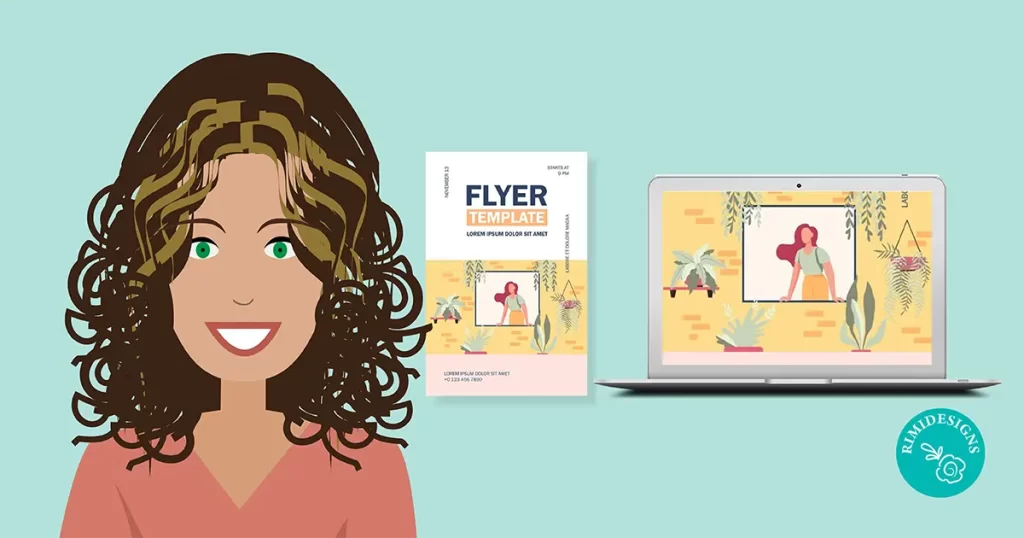
Brochure Copy Versus Website Copy: Same but Different
There’s a misconception out there that all copy is equal. But it’s not. While recycling brochure copy into website copy seems to be an attractive (and cheaper) option, unfortunately it’s not that simple for two very important reasons:
- People read website copy in a different way than they read brochure copy.
- Website copy and brochure copy serve different purpose.
Brochure copy versus website copy
When someone picks up a brochure, they usually read it from the first line to the last (unless it is so boring that you lose them along the way).
Websites, however, are not linear. A visitor can land on any page on your website and from there go to any other page. So the copy on each page needs to be self-contained and make sense in what is, otherwise an information vacuum.
Also, studies have shown that visitors will scan, rather that read, copy on a website. In fact, they read about 28 per cent of the words on any web page. So this means that headings, bullet points and bold emphasis are far more important on the web than they are on a brochure.
As to the purpose of each piece of marketing collateral, brochures tend to be far more overt sales pitches than websites. People are used to brochures as a marketing tool but what they want from a website is to be informed, educated and gently led through your sales funnel. They want to know that they can trust you to deliver the product or service they are looking for. And that is before we even consider search engine optimisation.
So, can you just cut and paste your brochure on to your webpage? Not really. But you can use the content of one to inform the other. Here is how.
1. Style and tone
It is important that your business voice stays consistent. Not only does your written style need to stay the same, but the overall tone must be uniform. Otherwise, you are prone to confuse your target audience.
Let’s say, for example, your ideal client is a middle-aged white businessman. He sees your website, written in a professional and formal tone, so he downloads a brochure, which is all young and funky and hip. So he decides that you are obviously not pitching to him and goes away. The same could be said for a young creative type, who sees your brochure first before checking out your website.
2. Structure
Because people scan, rather than read the web, you will probably need to add headings, subheads and bullet points to any brochure copy you want to repurpose for the web.
You might also need to play around with where the copy will go. Perhaps you might have some text in boxes or on a sidebar, while other text from your brochure may belong on an entirely different web page.
And if you are going from web to brochure, you may need to gather information from different spots on your website.
3. Supplement and complement
There is no point repeating yourself on both your website and your brochure. They should complement each other, adding extra detail, where required.
Your website might expand on a DL brochure’s copy, but on the other hand you might need to cut some of the 8-page A4 brochure faff before transcribing to the website.
Think of them as the yin and yang of marketing – opposite but interconnected and interdependent.
4. Sales pitch versus call-to-action
While your website is a marketing tool, it needs to be less “salesy” than a brochure. So replace the hard sales pitch with strategic calls-to-action, inviting people to take the next step. This may be to “shop now” or “request a quote” or perhaps just to read the next page.
SOURCE: Black Coffee Communication



